The diary was written on September 7, 1854, when in another cholera outbreak in London, a doctor approached the guards of St James's parish in Soho asking for permission to remove the handle of a public water pump.
The doctor was not accidental. He was the pioneer of modern epidemiology John Snow and others Sherlock Holmes had set out to discover the source of the infectious disease.
Dr. Snow had observed that many cases of cholera had drawn water from the same cannula and suggested that contaminated water may have been the source of the epidemic.

The doctor managed to locate the source of the spread of cholera in London. Despite the fact that it would take another 30 years for the theory of the germ that causes the infectious disease to be scientifically accepted, Snow managed to substantially end the case that day. cholera. Its epidemic nature, at least.
But how does a pandemic really end? A question that concerns us a lot now, longing to see the end of the coronavirus an hour earlier…

Science historians tell us that an infectious epidemic can end in more ways than one. The persistent question here is for whom the pandemic ends, but also who ultimately decides this.
The history of epidemiology has shown that pandemics usually have two kinds of finale: the medical one, when cases and deaths are eliminated, and the social one, when the fear of disease declines decisively.
"When people ask, 'When will this end?', They usually ask about the social end," says Dr. Jeremy Greene, a medical historian at Johns Hopkins.
In other words, a pandemic can end not because the disease, but because people got tired of the panic and learned to live with her.
The same is true of Harvard academic historian Allan Brandt, who recently discussed the current pandemic. Covid-19"As we have seen in the debate on the opening up of the economy, many questions about the so-called fee are determined not by medical data and public health data, but by socio-political processes."
The end of a pandemic is rather subjective. Very subjective factor. Historians are constantly detecting social charges in pandemics. Fees that come before the medical end. Or even without it.

Snow understood cholera, science knows it well today, but cholera epidemics break out every year and deprive hundreds of thousands of lives.
"There's a kind of social, psychological issue with fatigue and frustration," says Yale historian Naomi Rogers. "I deserve to be able to return to my normal life."
And they are right. Rarely does a pandemic end in the clear way that Snow did in 1854. The intelligent doctor proved that it was water quality and public hygiene that were associated with the transmission of cholera, not "bad air."
Even though he did not yet know about the cholera epidemic, the fact that he secured the source was the decisive factor that ended it in London.
As medical historian Charles Rosenberg observes, most epidemics "They are heading towards their end". This is the right way, he tells us, to talk about the end of an epidemic.
But to see some typical pandemics and the end they encountered. Ή how, according to Rosenberg, they entered the path of their end…
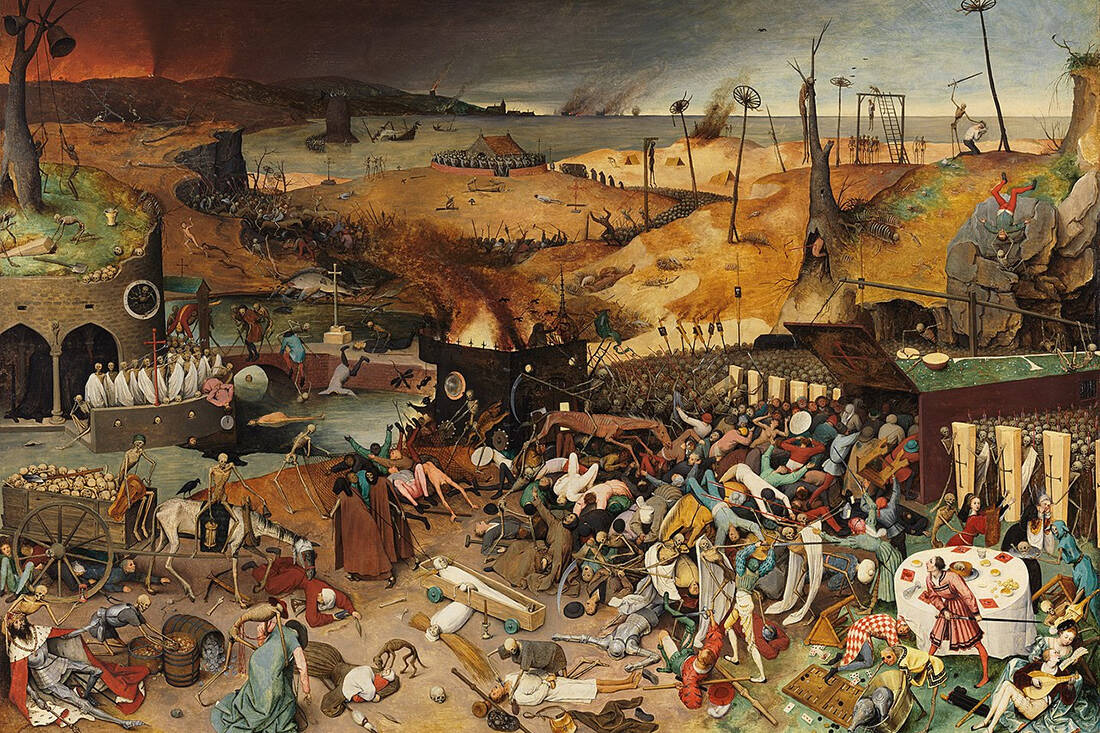
Η inguinal plague struck humanity mercilessly for more than two millennia. It left behind hundreds of millions of dead, wiped out cities from the map and even changed the course of history.
The plague, however, had a specific cause. Yersinia pestis (Yersinia pestis), a bacterium transmitted to humans by the flea. The flea that infects the rat. And then it is transmitted from person to person, that is, it can not be eliminated by simply killing mice.
Historians today detect three major outbreaks of the disease. The first was Justinian's Plague (541-549 AD), the second was the medieval Black Death (1347-1351) and the last was the Third Plague Pandemic in 1855 in China, India and Hong Kong.
It was Alexander Gersin, a young doctor found in 1894 at the epicenter of the plague in Hong Kong, who would isolate the plague bacterium.
The Black Death of the 14th century wiped out about 1/3 of humanity and, as the great Vokakios put it, seeing first-hand the plague of Florence, "whoever has not seen such brutality can be called blessed."
Even this pandemic ended, however. But the plague continued to plague mankind, with fewer outbreaks in the following centuries. Until we reached its third deadly pandemic in 1855, when 10 million people died in India alone.
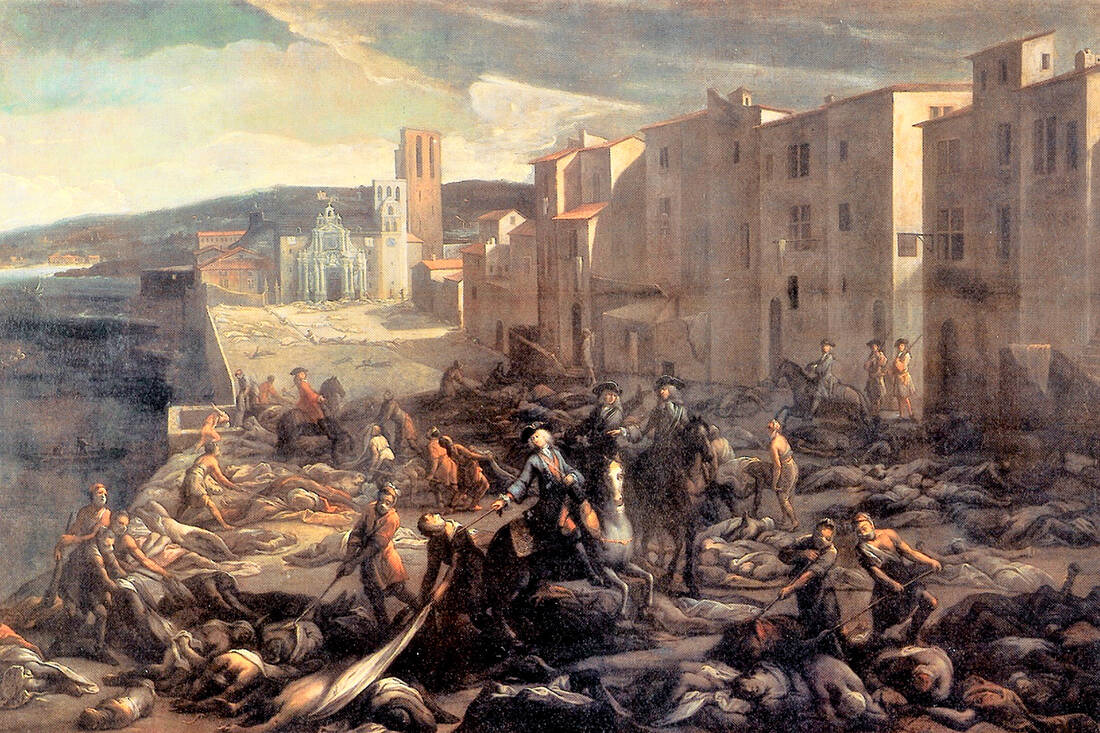
Mumbai health authorities went on to hand over entire neighborhoods to the blaze, trying to get rid of the plague. "No one knows if that made a difference," said Yale historian Frank Snowden.
Science historians still insist that it is not clear exactly what caused inguinal plague to subside. Some academics speculate that it was this severe winter that killed the infected fleas.
Η plague but it is also transmitted from person to person. The theory is that the bacterium may have evolved and become less lethal.
The plague has not disappeared, after all. The World Health Organization (WHO) even estimated that the Third Plague Pandemic was active until the 1960s.
We just are not afraid of her today. We have antibiotics, we know how it is transmitted and we can deal with it. Even so, 584 people died of the plague in the world between 2010-2015, according to WHO statistics.
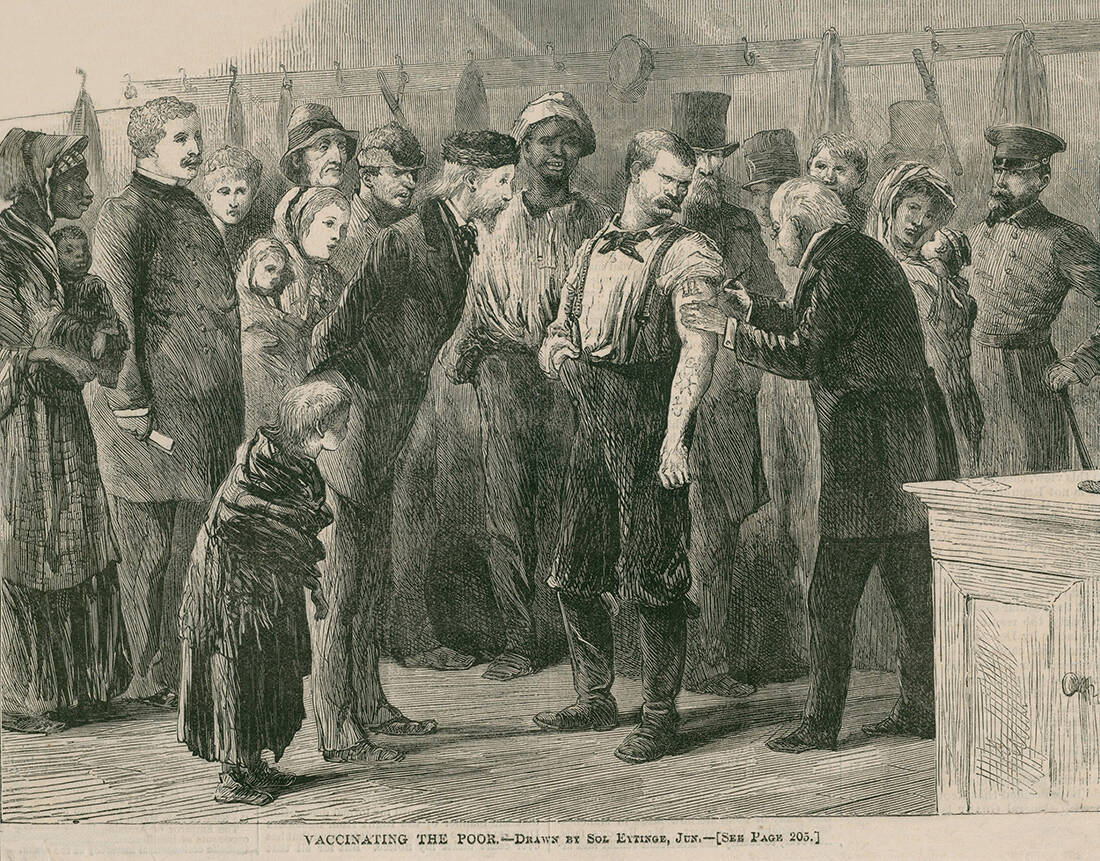
Smallpox remains a prime example of the medical end of a pandemic, although historians point out that this happy ending was a real fortune.
For the blessing was an effective vaccine in 1796, by the British physician Edward Jenner, which even provided long-term protection. Her symptoms were so obvious that her presence was easily confirmed.
As for the strains of the two viruses that caused it, they infected only humans. Without animals transmitting it, smallpox was easier to contain. You quarantined people and if you managed to eliminate it, you would eliminate it permanently.
Of course, smallpox was extremely destructive to humans until we had it all. Waves swept across the globe, leaving millions dead. For at least 3.000 years of human history. It killed 3 out of 10 people it infected. It has claimed some 350 million lives.

The smallpox also decimated the indigenous population of the New World. Smallpox, measles and plague have wiped out 90% of Native Americans in two centuries.
Today, however, man can be proud of how no one will die of smallpox again. The last person to die from the disease was Ali Maow Maalin, a cook at a Somali hospital, who died in 1977.
In 1980 the WHO happily announced that smallpox had disappeared from the face of the earth. It is the only disease that has been decisively eliminated by man.
Historians of science hail the event as one of man's greatest achievements. Even bigger than the moon.

Seven cholera pandemics, beginning in 1817, were unfortunate for the world to know, counting millions dead. The latter in fact left us with a mutation of the virus and is the one that today affects different corners of the world every year continuously.
Why was cholera not eliminated medically, despite the fact that we know it so well and that hygienic conditions now prevail? A note is needed here.
Cholera is not a problem for the developed western world today. Except for the growing part of the planet, where it lacks 100.000-140.000 lives each year, according to its statistics WHERE.
Cholera was another triumph of medicine. Or, more accurately, public health research. Once upon a time, until the middle of the 19th century, man believed that it was the "bad air" that caused it.
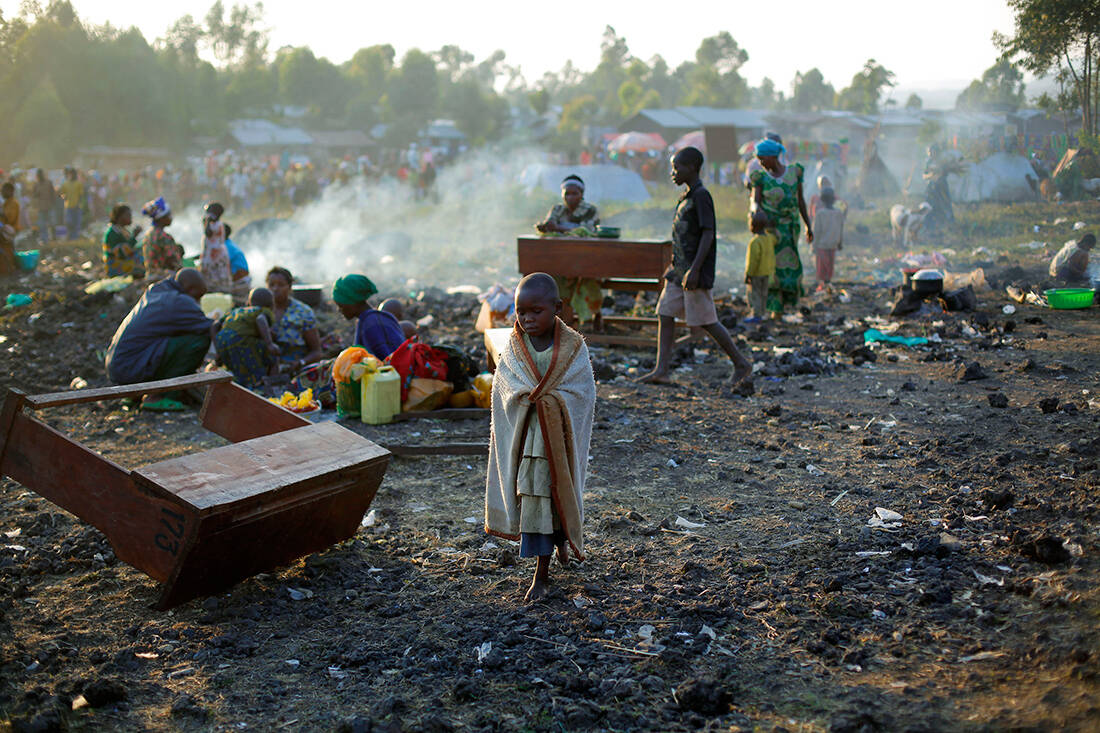
John Snow was the first to suspect that the mysterious disease lurked in London's drinking water. He made a map of the spread of the disease over a period of 10 days and found that a particular water pump was the common element of most cases.
When he persuaded the municipal authorities to remove the water tap, the epidemic ended magically. In July 1892 the first vaccine was developed. It was given the following year in India, in phase clinical trials, filling humanity with optimism.
But also dreams of a future where we can scientifically manage both cholera and other infectious diseases.
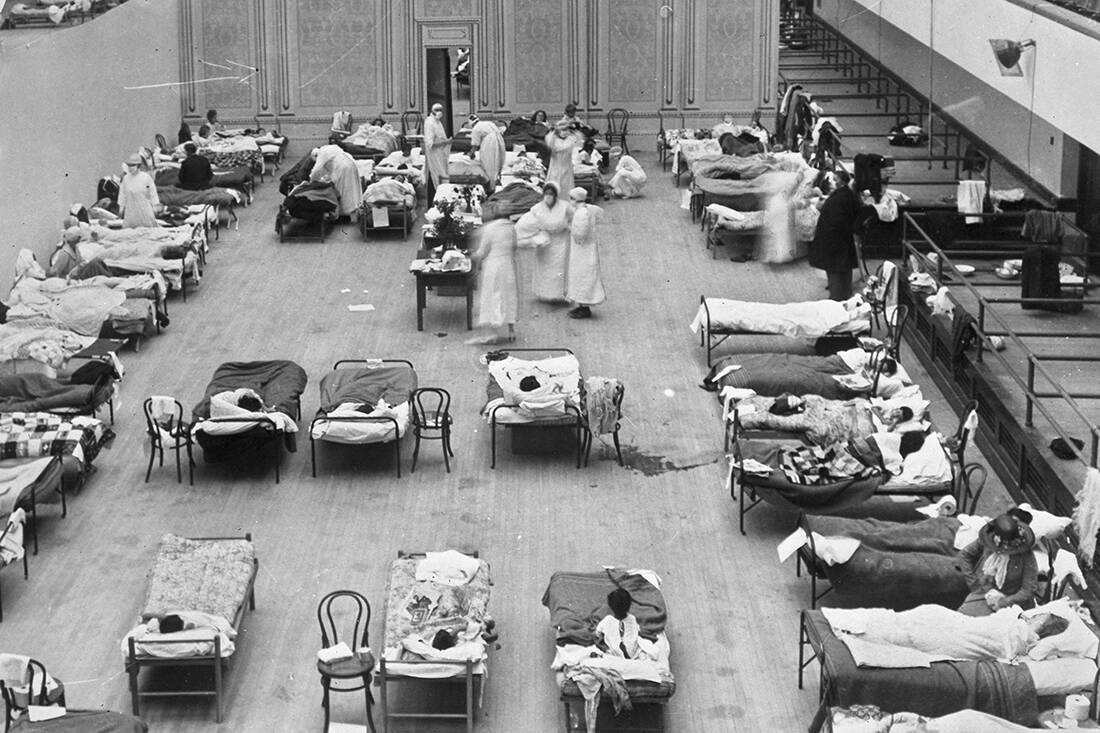
It is in its current pandemic coronavirus which reminded us again of the Spanish Influenza of 1918, as a great example of the tragic consequences of a pandemic, but also of the value of quarantine and measures of social distance.
The Spanish flu, however, has killed some 50 million people worldwide, possibly as many as 100 million. And he killed mostly young people, he killed orphans, poor families, even soldiers on the front lines of World War I.
When it circled the universe, the flu pandemic was over. Giving its place to the most "benevolent" flu that scans the world every year.
Historians liken it to a fire that burned everything and had nothing else to burn, assuming that this was the factor that made it weaken. Here we have an example where the social end followed.
The Great War also ended at the same time and everyone was looking for a new beginning in their lives. They longed to leave behind both war and pandemic. And we did it decisively is the truth, until recently the Spanish Flu had been completely forgotten.

As the next deadly flu outbreaks were forgotten. Fortunately in smaller numbers, but not negligible. The Asian Flu swept the world in 1957-1958, killing another 1 million people. About the same would kill a second deadly outbreak in Hong Kong the 1968.
Despite the fact that the seasonal flu continues to circulate and has never left this original path of destruction, no one is afraid of it nowadays. And yet, it still kills 650.000 people a year, according to the WHO.
And often cause epidemics, as we experienced in 2009 with Swine Flu (H1N1), which has infected 21% of the world's population.
In fact, the flu continues to be a "pandemic threat", according to experts.
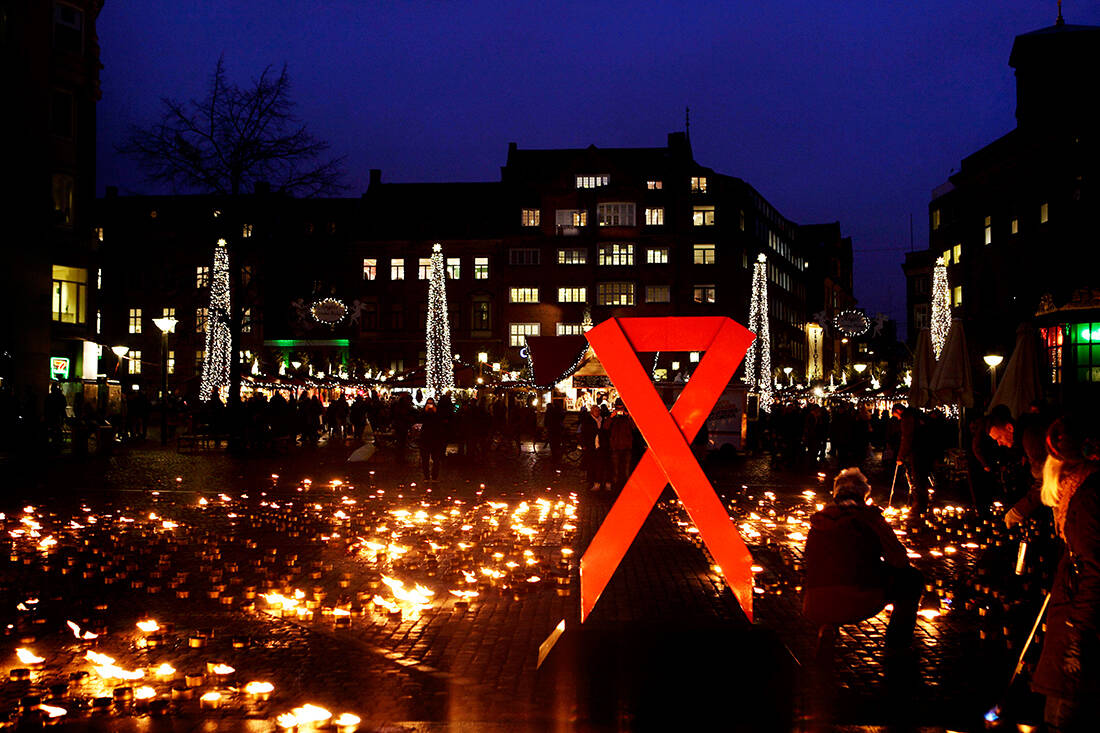
Four decades have passed since the distant 1981, when a new terror would strike humanity. The mass panic caused by AIDS with few can be compared to the modern era, especially from the point where the WHO called it a "global epidemic".
Ο HIV (Human Immunodeficiency Virus) is the virus that causes Acquired Immune Deficiency Syndrome (AIDS), destroying cells of the immune system that play an important role in protecting the body from infections and diseases.
Here were the body fluids that transmitted it and one would expect its restriction to be easier. But according to the WHO, AIDS, which refers to the last stage of HIV infection, has claimed the lives of more than 32 million people in the 40 years we have lived with it.
And yet, we do not hear about AIDS so often nowadays. Despite the fact that last year (2019) it killed 690.000 people (data again from the WHO). And despite the fact that for epidemiologists it is a nightmare virus, as it takes too long to give symptoms. And so it is transmitted by people who do not know they have it.
Even today vaccine for AIDS there is no. We have high-activity antiretroviral drugs (HAART), which significantly slow down the progression of the disease and its mortality.
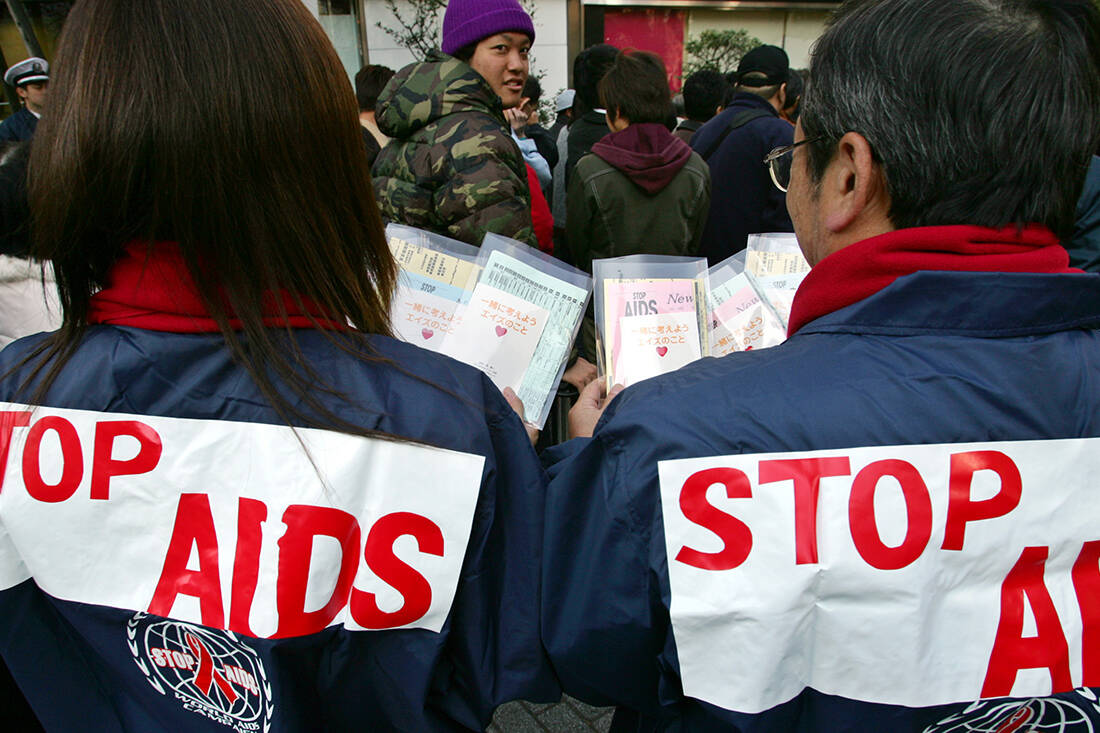
That is why HIV infection has now changed status. Chronic disease is considered nowadays. However, it affects 1,7 million people each year. And without a vaccine, the WHO estimates that it will not stop before 2030.
HIV / AIDS is a good example of a biological threat that continues to exist and kills, but we do not treat it with fear. The terror epidemic is the greatest enemy and we must confront it decisively.
After all, we experienced it relatively recently, with its epidemic Ebola in West Africa in 2014, when the West felt snatched by snakes.
Although it was far from the 11.000 people who lost their lives in Guinea, Liberia and Sierra Leone.
